
We kindly inform you that, as long as the subject affiliation of our 300.000+ articles is in progress, you might get unsufficient or no results on your third level or second level search. In this case, please broaden your search criteria.

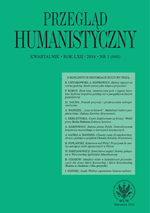
In the article, Pierre Bourdieu’s “habitus” theory is employed to discuss Henryk Sienkiewicz’s hunting practices. Particular attention is devoted to the way the writer defines the concept of “masculinity” and its relationships with hunting skills. The author also points to the compensatory nature of this type of practices in the context of the nineteenth-century transformations of the social structure, the Polish political situation and the biography of the author of With Fire and Sword.
More...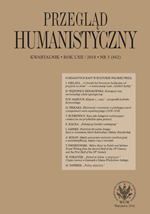
The article describes the youth and adolescence of Adam Schaff in the years 1913–1939.Taking into account the context of Polish-Jewish relations during the former AustrianPartition, the author presents Schaff’s growing up in the interwar Lviv and his gradualinvolvement in the communist movement, which led him to become a member of the youthwing of the Communist Party of Poland and the party itself, and his several-month imprisonmentin 1937. In addition to the factual reconstruction of the Polish philosopher’s life,the article aims to answer the question: what were the main motives that made Adam Schaffa communist? This question can be considered in at least two ways – as an individual choiceof Schaff himself, but also as a case study of the entire generation of Polish-Jewishcommunists described, for example, by Jaff Schatz.
More...
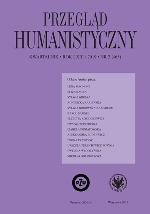
The article is to describe an interesting phenomenon of the duplication of the literary patterns of behaviour among female protagonists created by Jane Austen. The subject of the paper is the analysis of the set books of the heroines invented by the British author in the both social and cultural context. Jane Austen’s novels can be regarded as the treasury of knowledge on the existence of the young girls at that time. The omnipresent conventions took away their right to dreams and self-fulfilment in almost every sphere of life. Lots of them found the coveted hope of improving their lives on the pages of overly aesthetic, sentimental novels. The characters from the books became inspirational among the female sex. The view of young ladies was based on their inner cultivation of the behaviour and mood which were inseparable from the girls from the popular romances. The patterns, continually given by fiction, took the place of humanistic and scientific knowledge, making the girls unaware – without the simplest information about the world. The subjects given in a wrong way by wrong teachers lowered their interest in education among youth, which also led to the popularity of sentimental, historical (especially those presenting the romance on the background of crucial events form the history of the given country) and Gothic novels. The text will concern the analysis of the attitude of the heroines created by the British author – on the basis of their set books and the position of Jane Austen in the range of literary criticism and the above-mentioned social phenomenon.
More...
The aim of the article is the consideration of the way in which Jane Austen asks in her novels about the status of reality. The subject of the interest are the narrations about “crime” understood as the events breaching the normal social experience and revealing how fragile the reality is. The significant context of the consideration is the classical detective literature. The author proves that the work of Jane Austen can be characterized by the similar reflection on societies in which the project of social reality is entangled. Referring to the conception of Luc Boltanski, she shows that, in the novels of the British writer, crime is a form of “reality testing”. Austen casts in doubt the frames of reality and reveals the conventional dimension of the social life. Her purpose, however, is not to disclose the social world – she sees the possibility of its integration.
More...
The graphic designs proposed by Polish publishers cannot be compared neither in number, nor in diversity to those presented by Margaret C. Sullivan in Jane Austen Cover to Cover: 200 Years of Classic Book Covers. Nevertheless, they are a valuable and still undiscussed source of knowledge on the Polish reception of Austen’s novels. Further information on this subject is provided in the first part of the paper by a compilation of book series in which some or all of the texts by Austen have appeared since the 1990s. The analysis of the book covers takes into consideration the relation between the design and the content of the narrative as well as the character of the artwork and its origin. The most popular were 19th century paintings (portraits, genre scenes, less frequently landscapes), film stills from the movie adaptations and floral patterns. As one of the aims of the study was to answer the question how the covers direct the reading process and place the text in the literary tradition, the remarks on the publishers’ choices were supplemented with the readers’ reviews. In the conclusion, it was suggested how the potential, new editions could be designed to stand out from the former ones.
More...
The subject of the article is the reception of Jane Austen in the sphere of e-culture – its fragment connected to websites and discussion forums concerning the writer. The phenomenon of “Austen mania” starts in Poland mainly because of the popularity of the movies based on Jane Austen prose. These sites and forums played not only a popularizing role, spreading the knowledge about the writers’ biography, work, film adaptations, or Regency, but they also grouped the society of fans who felt the need of being close to the other readers of Austen and some virtual companion in a feminine sphere created by numerous, common interpretation of the behaviour of the heroes of her prose, and also fans’ creativity in the area of gadgets, Regency costumes and literary tourism. The other form of activity is fan fiction, slightly represented on the forums and sites, especially in the comparison to fan fiction around the work of Austen in the English-speaking circle. They are most frequently the translations from The Republic of Pemberley, not prepared, unfinished, fragmentated, or personal attempts of a romance kind, in a style of Harlequin literature and a sentimental tone.
More...
The article is devoted to the works of Emma Tennant, an English writer, the author of, inter alia, the continuation of Sense and Sensibility, Emma, as well as Pride and Prejudice. A characteristic feature of Tennant’s writing was the ability to give new meanings to the texts and myths of the popular culture – so she did with the story of Elinor and Marianne, or Sylvia Plath, to whom she devoted one of her better texts. The article, based on the example of Emma Tennant’s writing, focuses on the issues of the strategy of creating literature as rewriting and functioning of feminist ideas in the modern literature.
More...
The article analyses an ITV series Lost in Austen (2008), directed by Dan Zeff, as an example of postmodern play with Pride and Prejudice. Moving the contemporary heroine to the imaginary, textual sphere, the movie compares the reality of the 19th and the 21st century, emphasizing the visibly different positions of women. It not only “rewrites” the course of events, but also makes the tensions (which were previously silenced by the romance convention) more dynamic. Oscillating between the parody and nostalgia, Lost in Austen both continues and enriches Pride and Prejudice. Playful engagement with the original novel is the principal theme and motif of the series, but also the subject of its parodistic criticism. Lost in Austen engages both with the novel and with its 20th century reception. Moreover, by creative reinterpretation of the writer’s text, it shows the changing paradigms of the 20th century criticism and the cultural and literary theory. Highlighting the aspects of the novel important for the contemporary era, it initiates an interesting dialogue with the rich intertextual tapestry that contemporary popular culture weaved around Jane Austen.
More...
Contemporary (Re)interpretation of Jane Austen’s Novels – about Looking for Freedom is a comparative study of the works of the author of Sense and Sensibility and the British series Taboo. As the main aim of paper the author took the search for analogies in these, far and totally different, as it may seems, texts of culture. Naming after Carrie Vaughn the works of Miss Austen as the “universe mirrors”, the author drew the attention to the modern “reflections” of Austen’s characters (anti-heroes, look-alikes) and today’s reinterpretation of the 19th century. For the palimpsest reading of the Austen’s novel she used the tools of the feminist criticism and the postcolonial theory. It allowed her to observe the femininemasculine relations, the relations based on a master-servant pattern, and, at the end, to analyse the political, social, cultural image of the coloniser and the colonised, which has been made by the colonial regime at that time. The author of the article put these two discourses together in order to prove that the rights of the 19th century wife were limited to those of a slave from the Dark Continent.
More...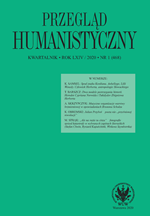
The article presents and compares historiosophical conceptions of Cyprian Norwid and Zbigniew Herbert based on particular notes and pieces of both poets. It shows that the author of Vade-mecum sees history by – say – methodology of Herodotus, and the author of Pan Cogito creates vision of history like in Thucydides’s one. Both perspectives are valuable and stem from different original presuppositions, nonetheless both of them lead to the same aim, which is understanding of mechanisms ruling human history.
More...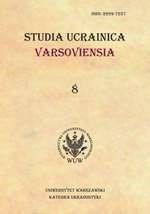
The article discusses the example of a word-formative nest with the apex of Christ. It analyses the role of word-formation in the formation of the language picture of the world of Ukrainians. The word-formative nest fi xes the word-forming segment of the semantic space of the Christ concept of the sacred conceptual sphere. Despite the fact that the anthroponomies as vertices of word-formation nests do not exhibit derivational productivity in the Ukrainian language, the word-formation nest with the apex of Christ has a branched structure: in the three stages of derivation, 25 derivatives of diff erent parts of the language, created in diff erent ways, have been certifi ed. This is due to the semantics of the vertex word of the nest, the importance of the concept named by it, in the perception of Ukrainians, in their culture of belief. In the linguistic consciousness of Ukrainians, Christ – Jesus Christ, the Son of God, the God-man, the incarnate God, the Savior, the Teacher, the Creator of the new religion. Such a broad semantic spectrum determines the activation of the derivation possibilities of the base word and the verbalization of word-formative means by a number of conceptual components. An analysis of the word-formative nest with the apex of Christ has shown that the word-formative dimension in the language picture of the world of Ukrainians, along with the universal conceptual components inherent in many diverse Christians, also has a number of individual-language derivational means of categorizing the world.
More...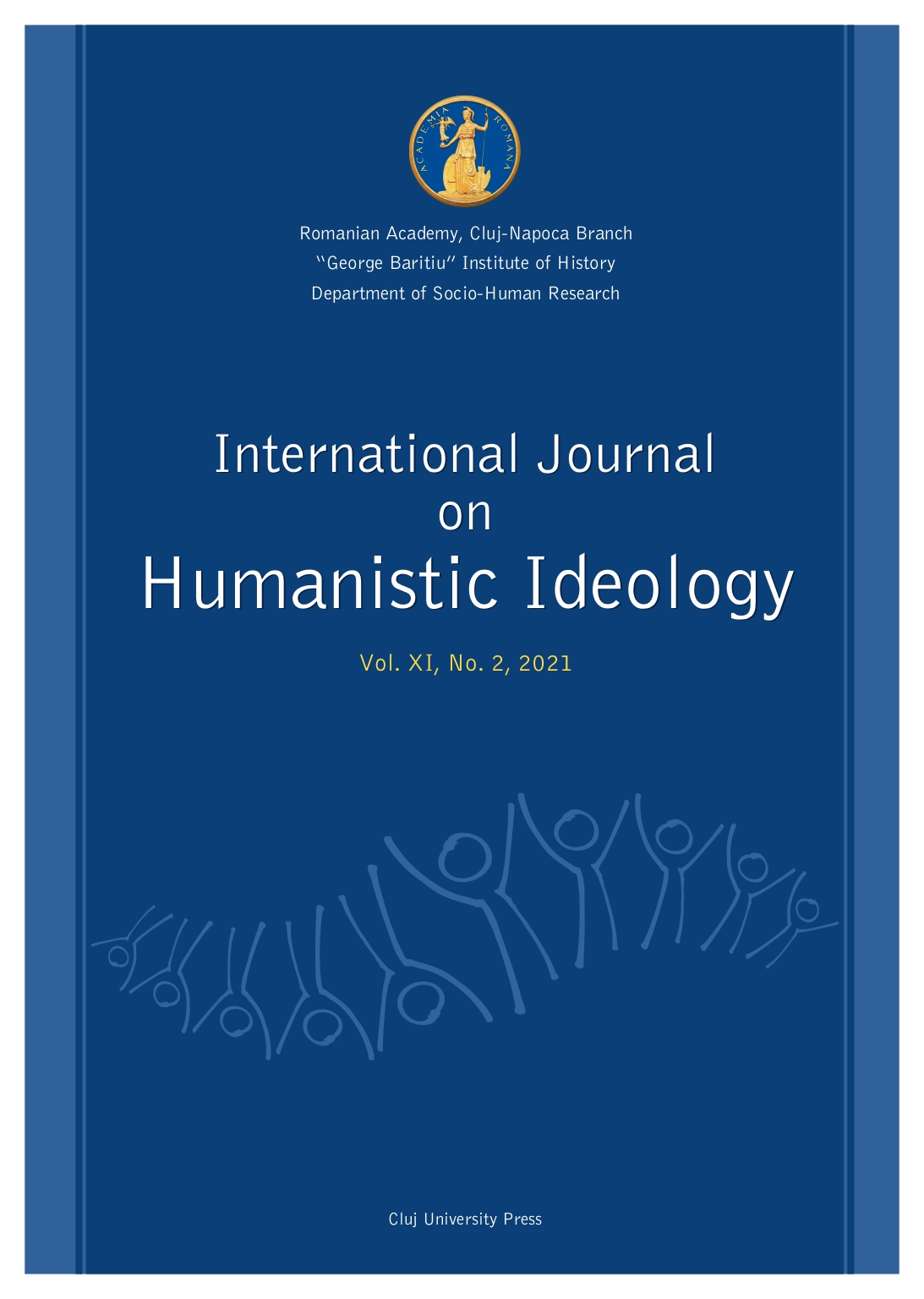
This is a translator’s inquiry into what one may call the untranslatability, or near-untranslatability, of a Kierkegaardian concept. The article consists of five sections. Section I (Translating Angest) presents my personal reasons for embarking on this article. Since Kierkegaard employs Angest both colloquially and as a concept, Section II (Colloquial Angst) is a brief presentation of the general definition and uses of this word in everyday Danish, and Section III (Kierkgaard’s Angest) is an analysis and panoramic view of Angest as concept, based on quotations extracted mainly from Begrebet Angest. Section IV (German Angst, English ‘anxiety’, Danish Angest) is a short semi-historical presentation of some previous attempts to find and establish a suitable equivalent for Angest. Section V (The Conceptual Inheritance of Søren Kierkegaard) reiterates the idea that Angest, as a Kierkegaardian, Nordic concept, is not suitable for rendering into another language because too many of its connotations and original meanings would be lost in translation.
More...
This essay will try to define the beginnings and contemporary events of Hungarian Kierkegaard research, but it must be made clear that we can only examine the most significant works written about Kierkegaard. Before the Second World War, Hungarian culture and intellectual life were closely linked to German intellectual life. Therefore, the reception of Kierkegaard’s philosophy in Hungary can only be discussed regarding the period coming after the publication of his works in German. Moreover, it is an important fact that Kierkegaard became known to European culture through his German reception. It must be said that studies on Kierkegaard before the Second World War were probably deeper and more detailed than they were after the war. The 1980’s and 90’s saw a rebirth of the reception of Kierkegaard, mainly due to political changes going on in Hungary.
More...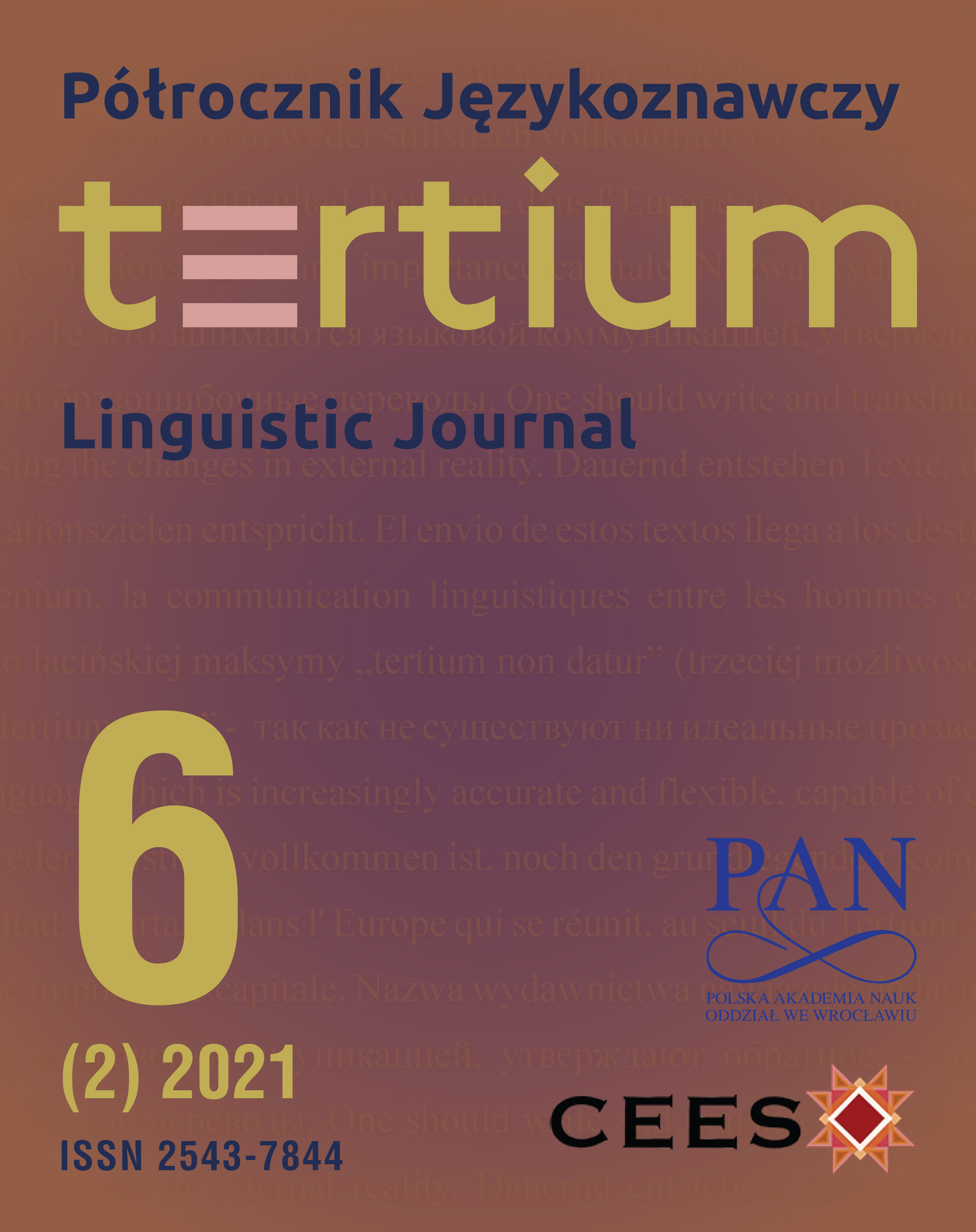
Jan Potocki – Polish traveller, geographer, ethnographer and writer, mostly known as the author of The Manuscript Found in Saragossa, embarked on a journey around Morocco in 1791. In 1792, the memoirs from the journey entitled ‘Voyage dans l’Empire de Maroc, fait en l’année 1791. Suivi du Voyage de Hafez, récit oriental’ were released, the Polish translation of which was published in the collective work of Leszek Kukulski entitled ‘Journeys’ in 1959. And in 2014, the Arabic translation of ʿAbd Allāh Bāʻalī entitled ‘ Yān Būtūtskī. Jan Potocki. Riḥla fī Imbirāṭūriyyat al-Maġrib tammat hilāla sanat 1791’ appeared under the imprint of a Moroccan publisher. The article depicts the circumstances in which the travel diaries were created and presents translations of the work into Polish and Arabic. From a comparative perspective, the translation techniques and strategies in selected semantic categories are demonstrated – such as toponyms, anthroponyms, titles, names of professions – and the article focuses on the problem of overcoming cultural barriers.
More...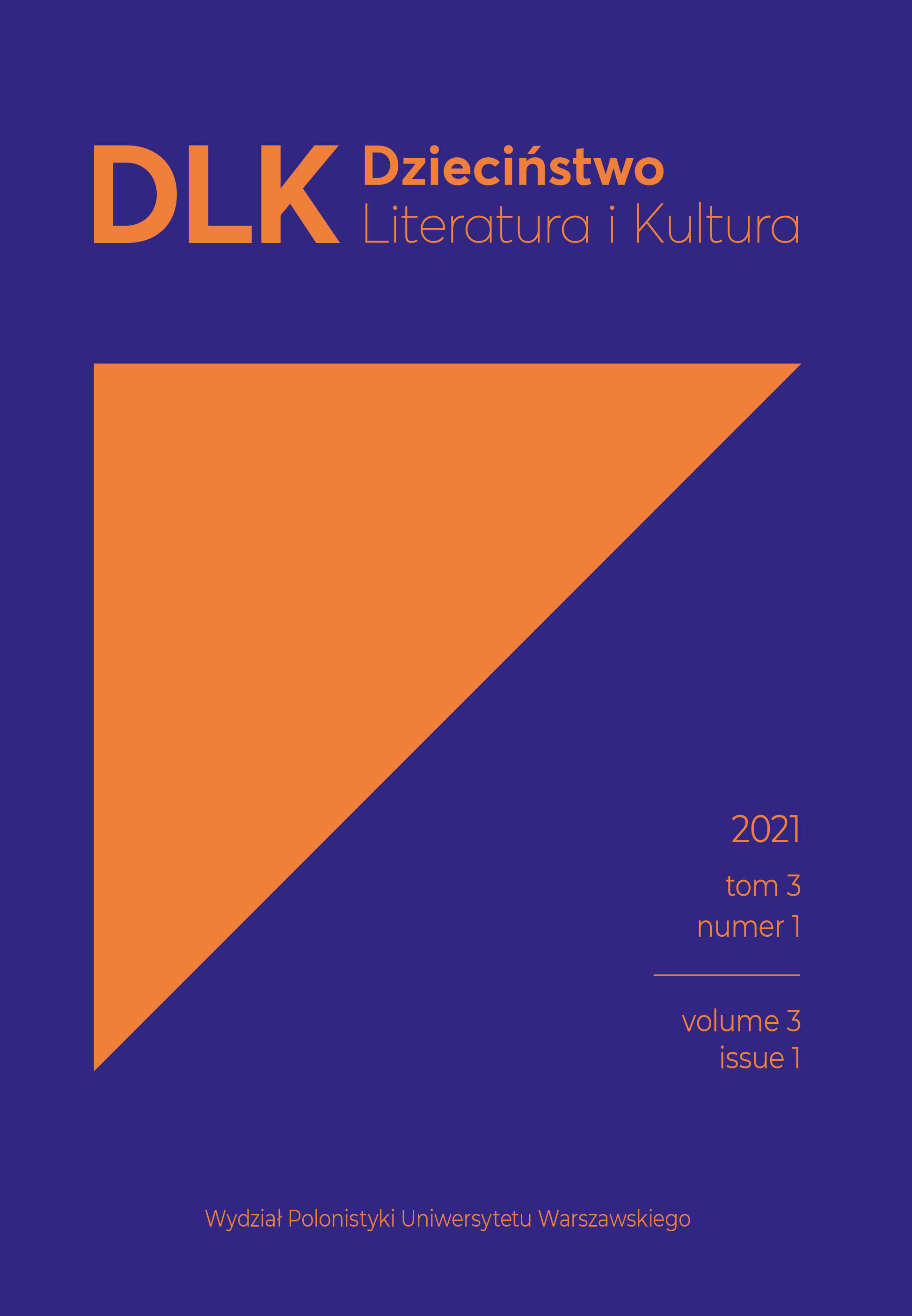
The article presents the genesis of the LGBT young adult literature and its development in the United States from the late 1960s to the present times and in Poland after 1989. The author lists the most important titles of this genre variant. The representation of non-heterosexual and transgender people in novels for young adults has been noticeable since the 20th century. The number of LGBT books on the American publishing market grows every year, while in Polish young adult books, non-heterosexual orientation or transgenderism are still rarely mentioned topics. In the final part of the article, the author explains why more LGBT-themed novels for young people should be written.
More...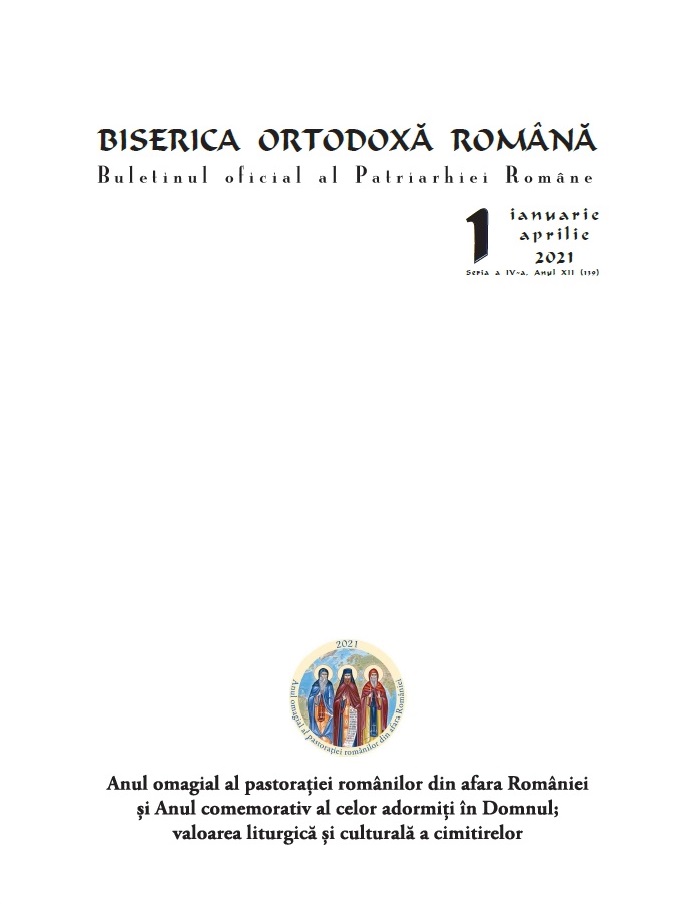
Since prehistoric times, burial grounds (of persons either cremated or buried, in either individual or collective graves) have been visibly marked. Thus, levelground was marked with wooden or stone distinctive signs, or at times with tumuli.For hundreds, or even thousands of years, the epitaphs held an important part in the ritual of death. Before the emergence of written language or the adequate tools for sculpture and carvings, graves were rudimentary marked. Later, people developed the ability of employing symbolic language, and used a sharp stone to carve the initials of the deceased person into the gravestones.For thousands of years, epitaphs were written in order to record biographical data of the deceased person, or historical events, in order to express pain, to assert faith, or to document heroic deeds and achievements, to demonstrate the love of family or friends or, at times, to deliver one last jest, from beyond the grave.In Dacia, tombs and funerary monuments were carefully tended to, as demonstrate the epitaphs that have been identified. This concern is accounted for by our ancestors’s attitude towards death, regarded as a threshold to be crossed by the souls of the deceased, which do not perish, but endure. Special attention was attached to the sacrifices performed on feast days dedicated to the deceased–sacrifices offered either by family members/ relatives, or by heirs.The inscriptions on slabs, as well as funerary or memorial crosses, written in Slavonic, Romanian or Greek, in prose or verse, contain information of great historical interest, biographical or genealogical data, offer insights into the evolution of our language and the education of their authors. Not coincidentally, they have been investigated by historians, philologists, theologians and art historians, and contributions have been numerous and varied. Epitaphs in the Romania of the totalitarian regime and the first years after theRevolution of 1989, reflected the structural changes in our society. The communist totalitarian regime attempted to uniformize all material aspects related to death, to devoid it of spirituality. The atheist discourse on death entailed the imposition of architecture standards and censorship of the dimensions and quality of funerary monuments. It was also atempted to minimize or even suppress Christian elements,such as the crosses planted on graves – a defining element to Orthodox Romanians’burial places.The presence of an epitaph – the inscription on a gravestone or a memorial fora deceased person, has various reasons and is expressed in multiple forms. Currently, funeral companies specializing in funerary monuments propose to the families of the deceased „templates” or models for epitaphs to be inscribed on the gravestone. Although the historical and cultural role of epitaphs is less important today, they remain an expression of the human soul, of the beliefs regarding the afterlife, and a way for today’s Christians to leave behind, after their death, a light for their fellow people by means of the words accompanying their graves.
More...
Henryk Goldszmit – a writer, doctor, and educator, publicly known as Janusz Korczak, and in the 1930s also as the ‘Old Doctor’ speaking to children on the radio – for the sake of his rich professional life, his work to protect children’s rights, as well as his death in the Treblinka death camp, became an unquestionable symbol of the faithful orphan caretaker, determined to accompany his charges to the end despite the possibility of personal rescue. The paper, on one hand, is an attempt to present this tragic story and, on the other, to critically discuss Korczak’s images emerging from children’s books. Publications analysed here are books released in Poland in the last decade: Po drugiej stronie okna. Opowieść o Januszu Korczaku [The Other Side of the Window: A Tale about Janusz Korczak] by Anna Czerwińska-Rydel (2012), Jest taka historia. Opowieść o Januszu Korczaku [There is This Story: A Tale of Janusz Korczak] by Beata Ostrowicka (2012), Pamiętnik Blumki [Blumka’s Diary] by Iwona Chmielewska (2011), Ostatnie przedstawienie panny Esterki. Opowieść z getta warszawskiego [Miss Esterka’s Last Show: A Tale from the Warsaw Ghetto] by Adam Jaromir and Gabriela Cichowska (2014), and a work for older children, The Book of Aron by Jim Shepard, recently translated into Polish.
More...
The analysis of works submitted by elementary and secondary school students to the writing competition organised by the Museum of Warsaw shows that child authors reproduce schematic depictions of the city space, present in guidebooks and on the internet, while avoiding everything that is oriented towards its young and youngest inhabitants and tourists. This results, on the one hand, from the fact that Warsaw inhabitants themselves have no knowledge of places attractive to children and, on the other, from the desire of child authors to adjust their works to the hypothetical expectations of the adult jury. This second reason also results in an overload of facts as well as historical and topographical details. Child authors are not inspired by contemporary literature directed at them, by writers who want to grow up not to be their readers’ teachers, but to be children.
More...